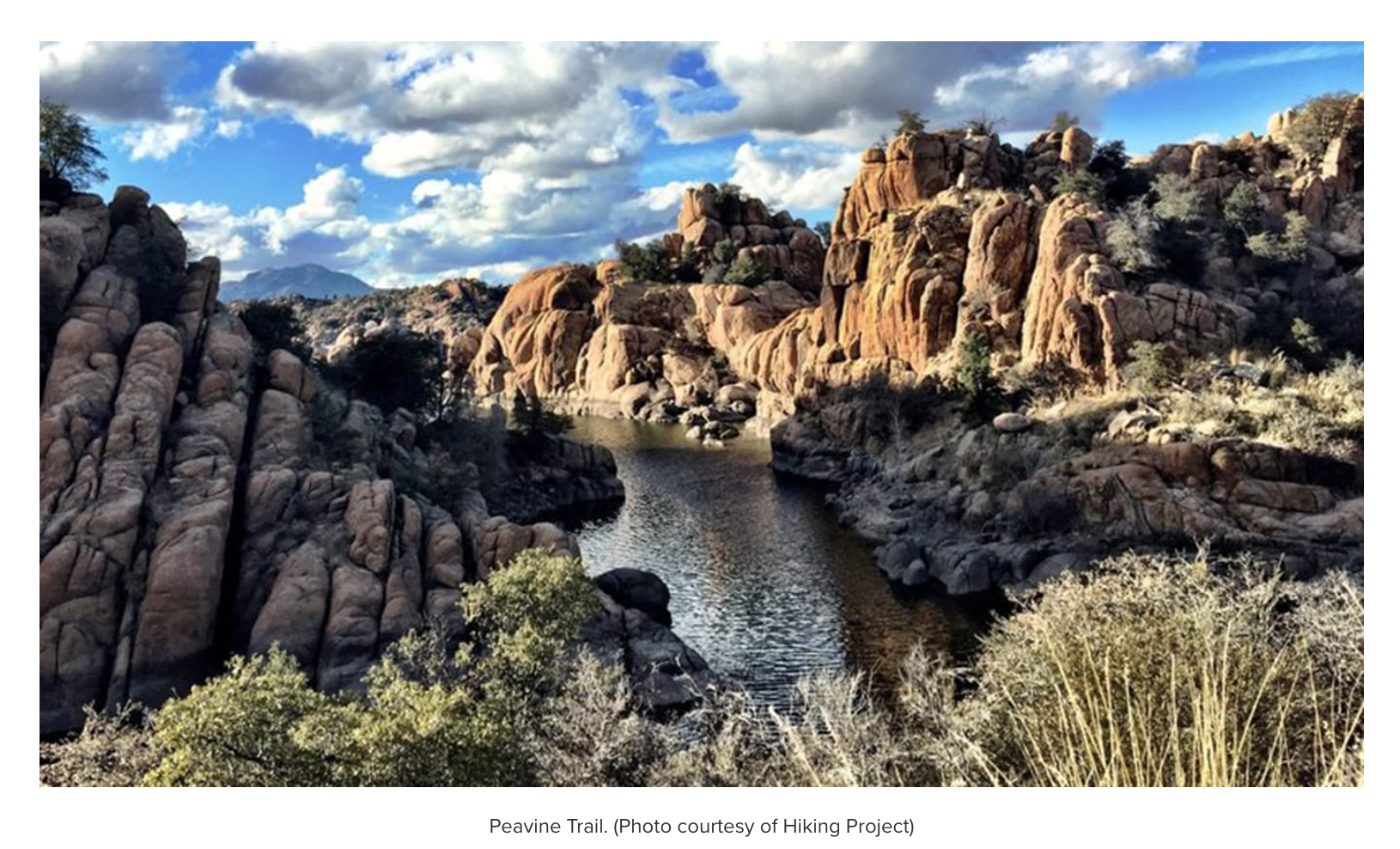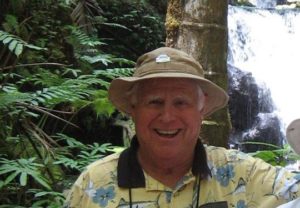On behalf of the Alliance Board of Directors, I am reaching out to the Alliance’s partners, members and
friends regarding an urgent situation that directly threatens the mission that the Alliance has championed since 1992 – protecting, preserving, and enhancing Arizona’s historic, cultural, and natural heritage. The State Historic Preservation Office (SHPO), which manages significant portions of the State Parks Heritage Fund and numerous other heritage-related programs, is facing imminent closure by August 2025 due to a severe funding crisis.
Crisis Directly Impacts Alliance Mission
This situation strikes at the core of the Alliance’s founding purpose and goals:
- Protecting the Integrity of the Heritage Fund: Without SHPO to administer the preservation components of the State Parks Heritage Fund, these resources would effectively be frozen or redirected, undermining the voter intent that the Alliance has worked to protect for over 30 years.
- Sustainable Funding for Heritage Programs: SHPO’s crisis exemplifies exactly what the Alliance has fought against – the vulnerability of heritage programs without dedicated, sustainable funding sources. SHPO operates with 87% federal funding and only minimal state support, creating the precarious situation we now face.
- Public Education About Heritage Benefits: The potential loss of SHPO would severely impact public awareness and appreciation of Arizona’s historic resources, directly countering the Alliance’s goal of educating Arizonans about the benefits of our cultural heritage.
The Funding Crisis
SHPO operates with just 12 full-time employees, supported primarily by federal Historic Preservation Fund grants (approximately $1.1 million annually). The situation has become critical due to:
- No dedicated line item in the State FY2026 Budget for SHPO operations
- Delays in the disbursement of 2025 federal grant reimbursements
- Proposed federal budget cuts that threaten future funding
Since 2009, SHPO has met its required 40% state match through in-kind volunteer hours from the Site Steward Program rather than direct state funding. This arrangement, while cost-effective, has left SHPO exceptionally vulnerable to federal funding disruptions.
Heritage Programs at Risk
If SHPO ceases operations, numerous programs that align with the Alliance’s mission would be severely impacted:
- Historic preservation grants to communities across Arizona
- Technical assistance for heritage tourism initiatives
- Support for the adaptive reuse of historic buildings
- Documentation and protection of archaeological resources
- The Site Steward Program’s 500+ volunteers who monitor archaeological sites
Additionally, SHPO’s role in reviewing development projects would be eliminated, forcing Arizona projects to consult directly with federal authorities in Washington, D.C. – adding months of delays to critical infrastructure projects while potentially reducing protection for heritage resources.
The Alliance’s Unique Position to Help
As the organization specifically dedicated to protecting the integrity and voter intent of the Heritage Fund, the Alliance is uniquely positioned to lead on this issue. Our bipartisan composition and focused mission make your advocacy particularly powerful.
Your support is urgently needed to:
- Advocate for emergency gap funding to sustain SHPO through the remainder of FY2025
- Support the establishment of a dedicated SHPO line item in the FY2026 state budget
- Mobilize your network to highlight the importance of SHPO’s functions to legislators
- Frame this crisis as a direct threat to the Heritage Fund’s voter intent and effectiveness
While this challenge originates at the federal level and affects SHPOs nationwide, Arizona is particularly vulnerable due to minimal direct state financial support. The Alliance’s 30-year commitment to sustainable heritage funding makes you the ideal voice to address this structural vulnerability.
Your leadership on this issue would be invaluable in preserving the heritage protection infrastructure that Arizonans have consistently supported. Thank you for your consideration and your continued dedication to Arizona’s historic, cultural, and natural heritage.
Jim McPherson, President
Arizona Heritage Alliance
azheritage.org
mail@azheritage.org





You must be logged in to post a comment.